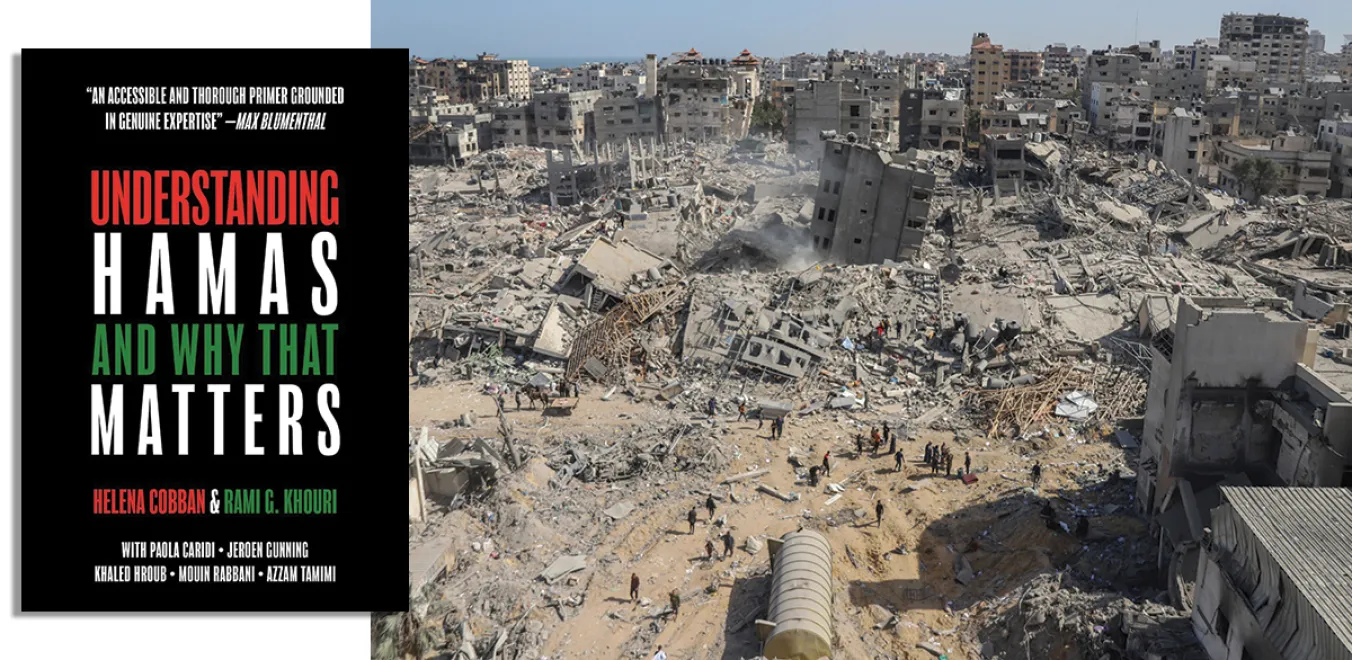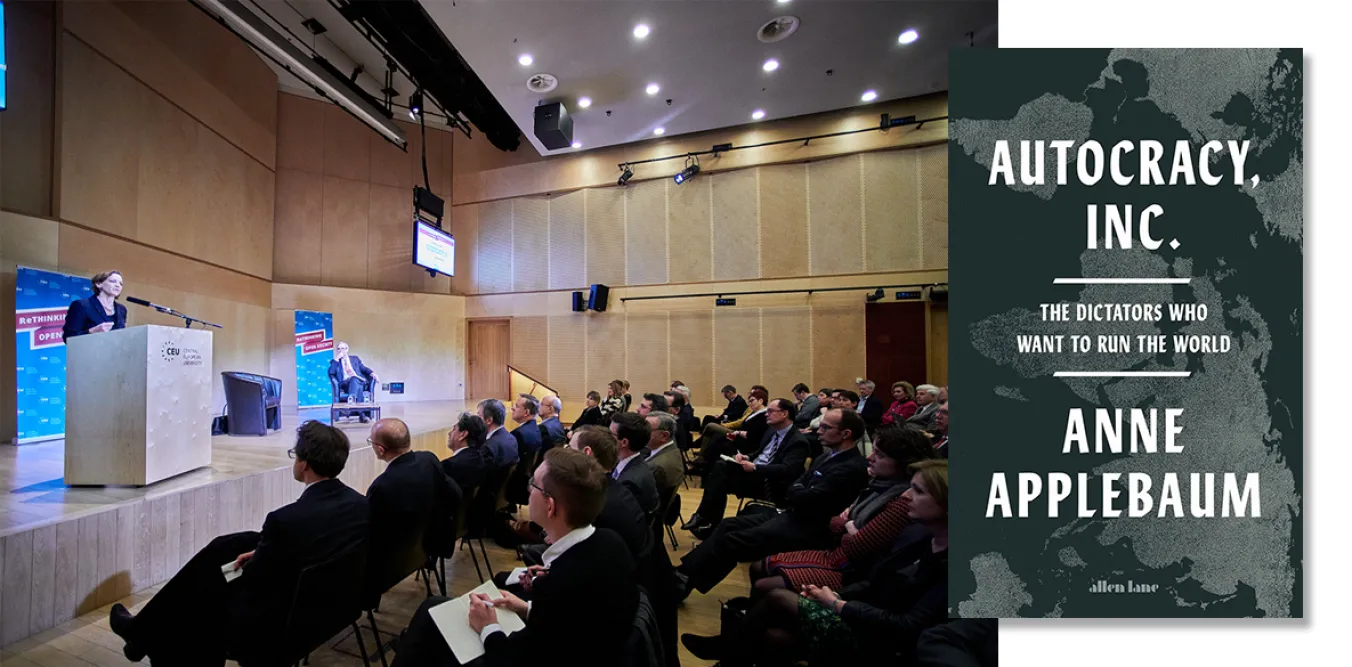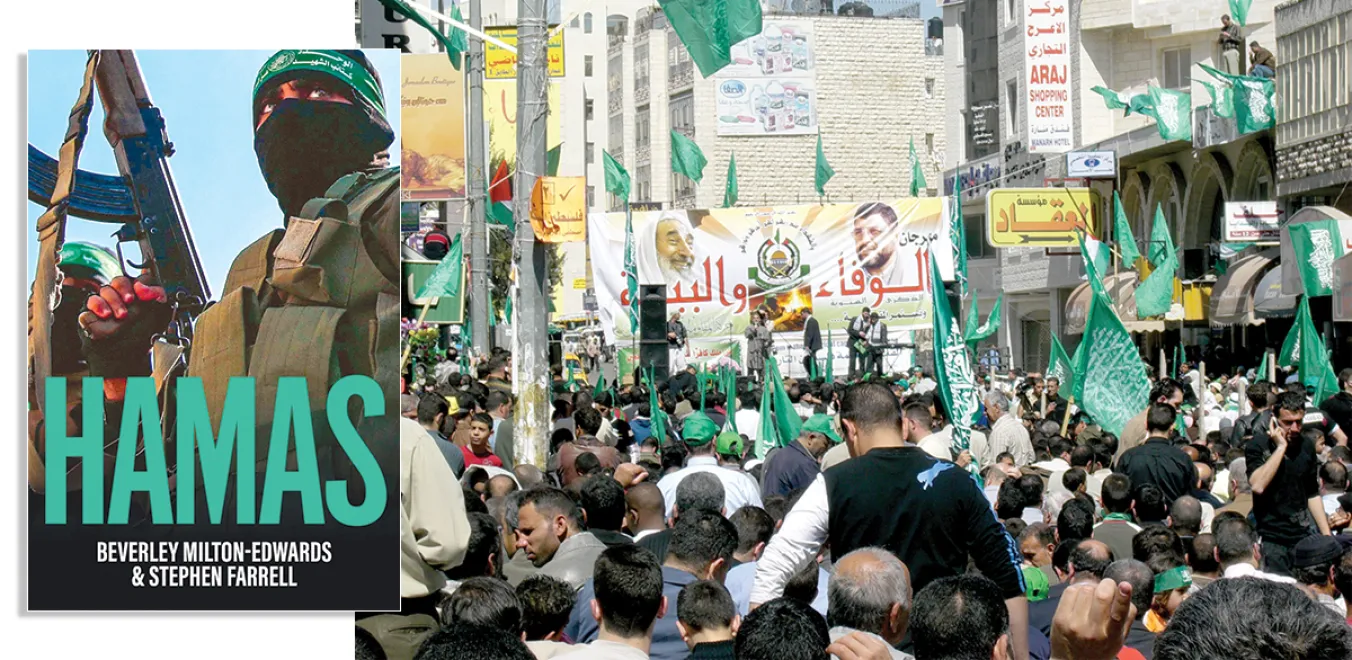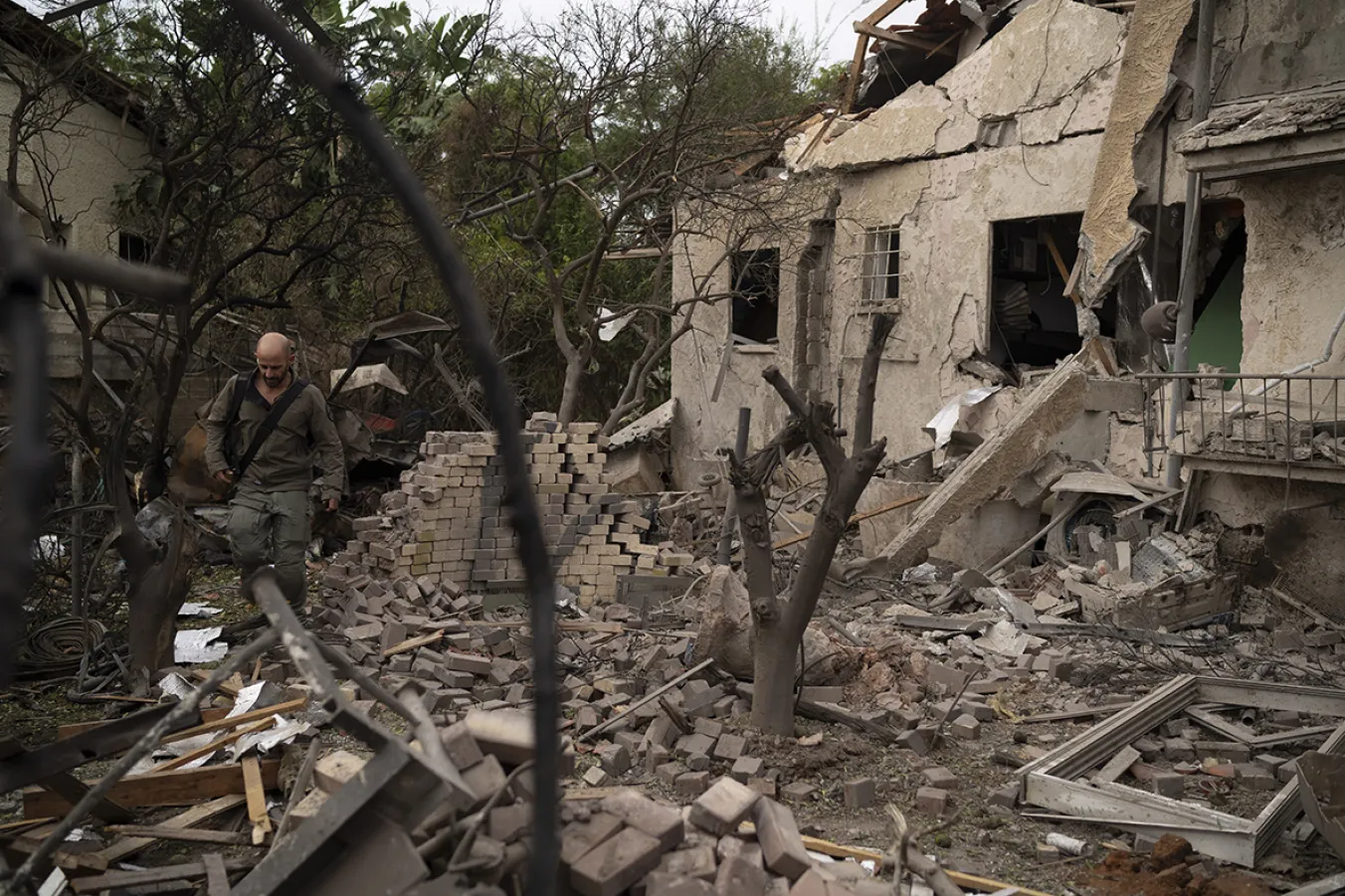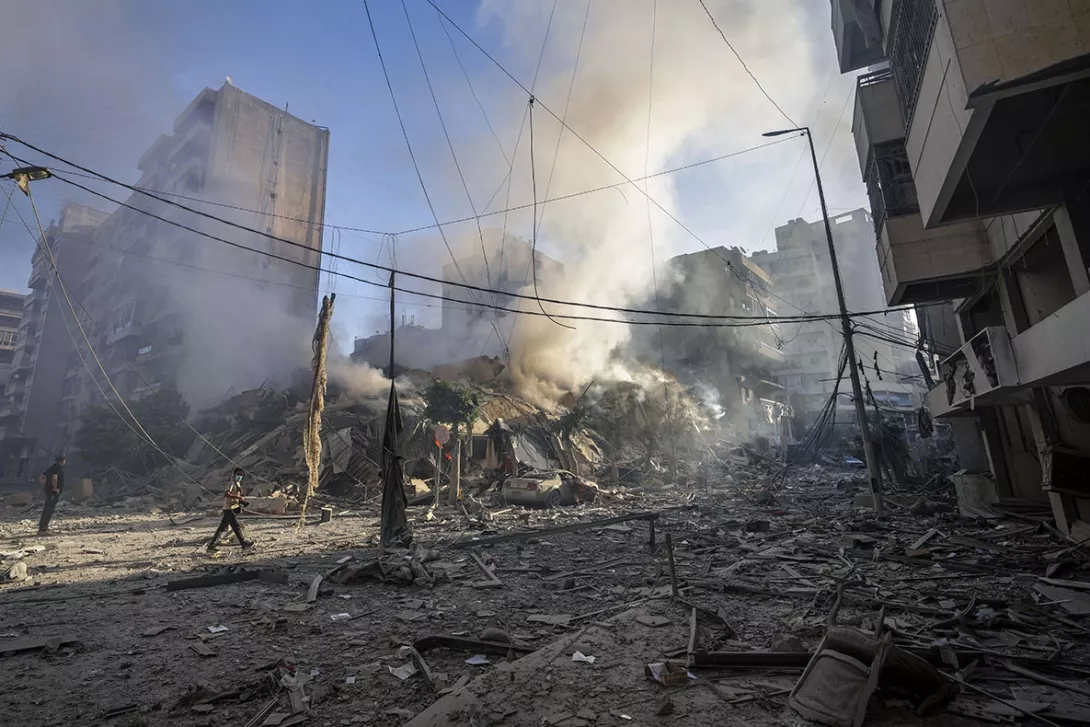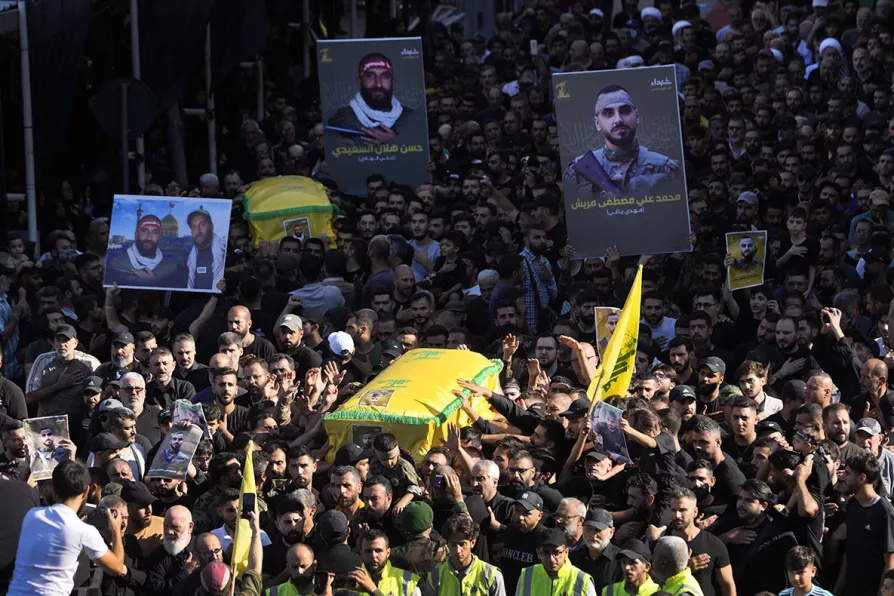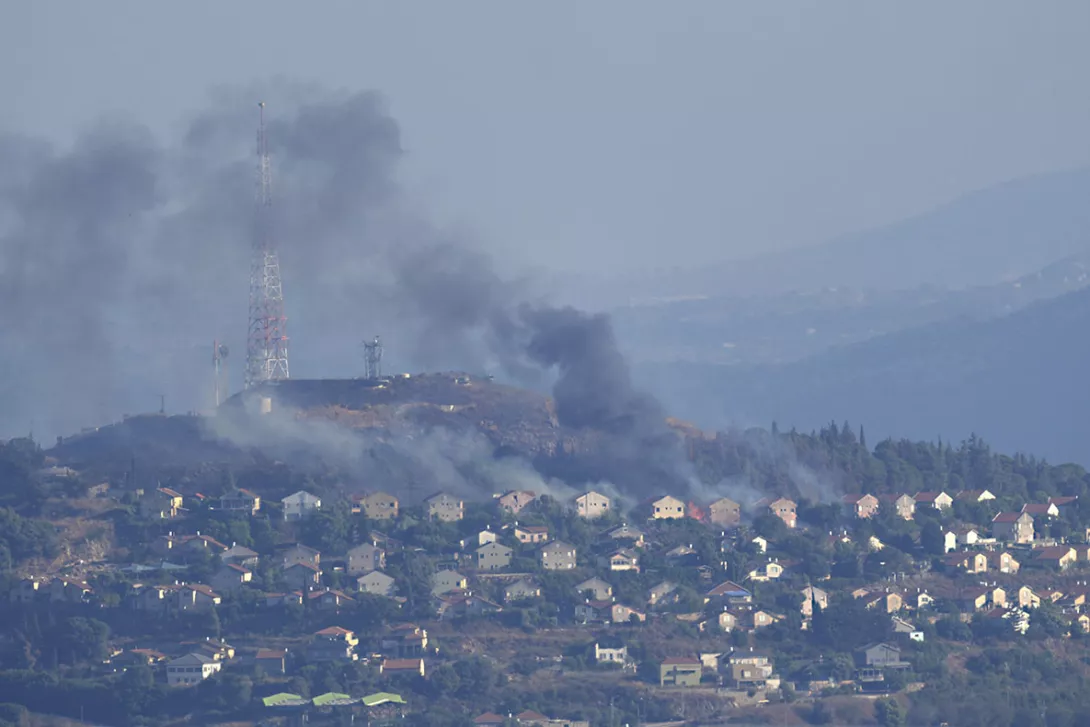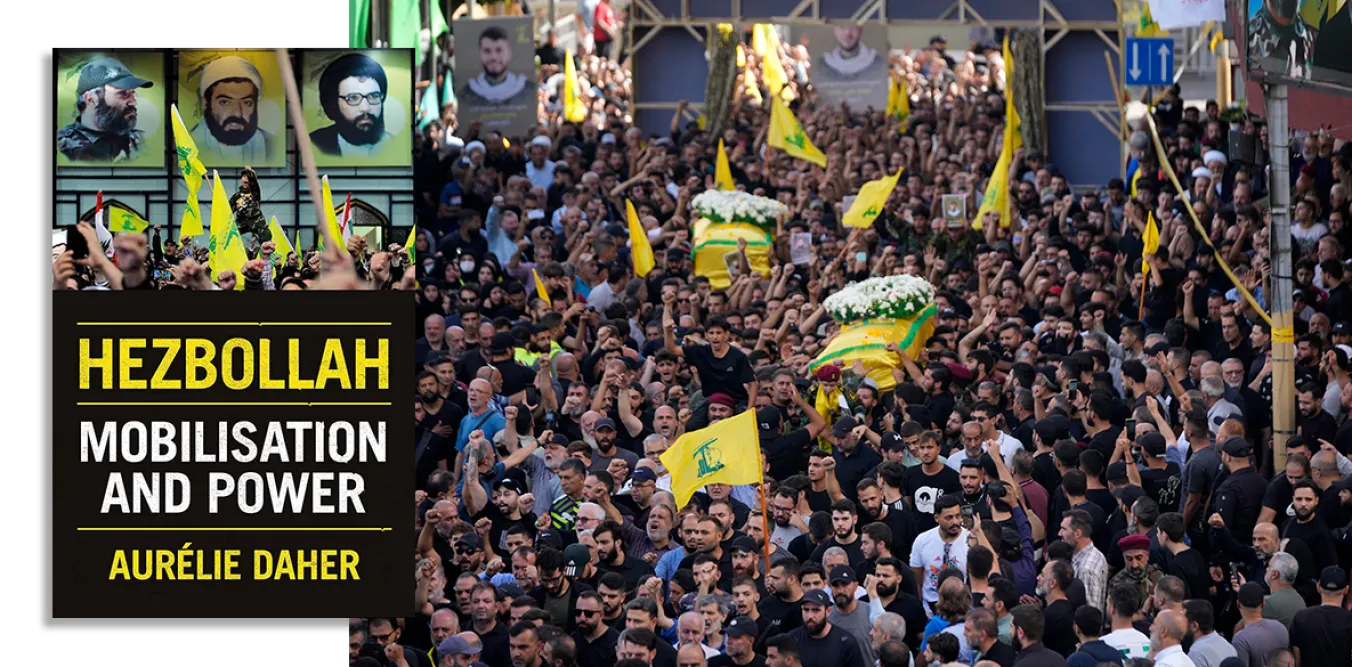
Hezbollah: Mobilisation and Power
Aurelie Daher, Hurst, £18.99
ORIGINALLY published in 2014 in French, translated into English in 2019 and then reissued in a paperback this year, Aurelie Daher’s book is a meticulous and fascinating academic account of the development of Lebanon’s Party of God.
With current developments in west Asia it can hardly be more relevant. The Israeli campaign to wipe out Palestine continues apace, Tel Aviv presses ahead with provocations on both Iran and Hezbollah, which, if answered, would drag the United States into entering the conflict.
It would be very difficult to understand what this might lead to. The US has an established pattern of wrecking countries and then withdrawing as it remains unable to achieve political solutions by blowing things up. Both Israel and the US have powerful military capabilities, hard-line governments, and nuclear weapons.
